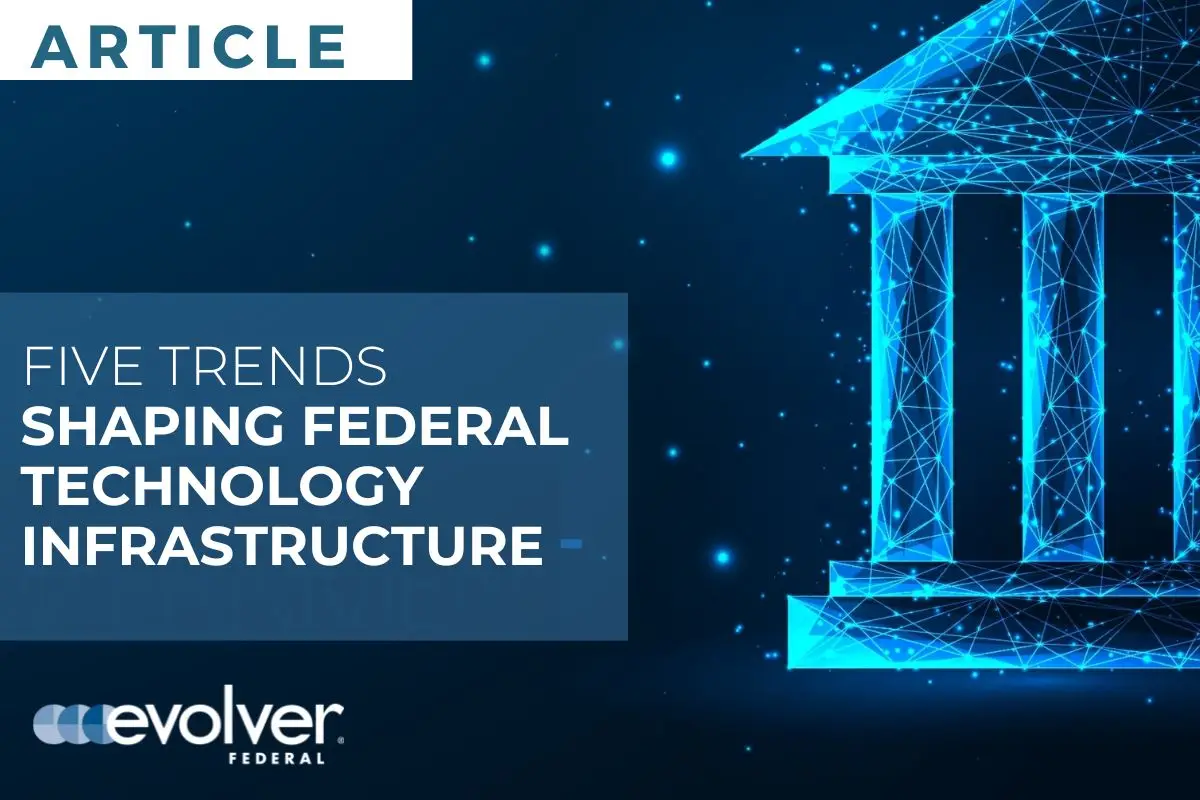In the ever-evolving digital realm, government agencies face mounting pressure to revamp their digital infrastructure, catering to the dynamic needs of citizens and stakeholders alike. Drawing insights from industry authorities such as Gartner and Deloitte, we delve into the trends shaping federal digital infrastructure to provide an expert overview.
Hyperautomation: Empowering Citizen Services through Automated Processes
Governments are increasingly prioritizing business process automation, with a projected 60% of organizations focusing on this by 2026. Hyperautomation initiatives are at the forefront, supporting both business and IT processes to deliver seamless citizen services. This systematic approach involves the coordinated use of various technologies, including AI, robotic process automation, XaaS, low-code/no-code platforms, and packaged software.
Hyperautomation addresses critical challenges such as interoperability, collaboration, and data exchange, essential for maintaining service continuity in government. The rapid deployment of digital solutions, from chatbots to unified communications, has accelerated the adoption of automation technologies across government agencies.
By leveraging hyperautomation, governments can offer connected public services that are proactive and nearly “contactless,” aligning with total experience investments. This approach enables organizations to strike a balance between digital investments for resilience and flexibility while optimizing operational costs.
Composable Government Enterprise: Shifting Towards Flexible and Agile Solutions
The concept of a composable government enterprise champions flexibility and agility in service delivery, steering away from traditional siloed approaches towards citizen-centric solutions. Spearheaded by forward-thinking government CIOs, this paradigm shift involves fostering a culture of composable thinking, collaborating with organizational leaders to envision future-state service delivery. A pivotal aspect entails crafting technology architectures that embrace modularity and integration, facilitating swift adaptation to evolving needs.
The landscape is evolving rapidly, with over a quarter of government RFPs for mission-critical IT systems expected to mandate solutions architecture supporting a composable design approach in 2024. This underscores a growing acknowledgment of the imperative for adaptable frameworks to meet the burgeoning demands of the digital era.
Adaptive Security: Safeguarding Data Amidst Cyber Threats
As cyber threats proliferate in scope and impact, governments are pivoting towards adaptive security models that prioritize resilience and responsiveness. These models encompass prediction, prevention, detection, and response components, safeguarding the integrity and availability of critical information and services.
Gartner forecasts a notable shift towards risk-based cybersecurity approaches within government agencies, eclipsing compliance-driven strategies. This paradigmatic shift underscores the paramount importance of bolstering cybersecurity awareness and embedding robust practices throughout IT organizations.
Digital Identity: Redefining Access and Authentication
Citizen digital identity transcends traditional boundaries, expanding to encompass a myriad of functionalities beyond authentication and electronic signatures. Concepts like Bring Your Own Identity (BYOI) and identity wallets empower citizens to seamlessly access government services using credentials from trusted sources.
Experts predict a significant upsurge in the adoption of mobile-based identity wallets by national governments by 2024, underscoring the burgeoning significance of digital identity ecosystems. Nonetheless, interoperability hurdles persist, necessitating governments to prioritize seamless integration across sectors and jurisdictions.
Total Experience (TX) in Government: Elevating Citizen Experiences Across the Board
Total Experience (TX) epitomizes an integrated approach to enhancing citizen, employee, and user experiences across government services. By optimizing various dimensions of experience, government agencies can elevate satisfaction metrics and alleviate process ambiguity.
There will be a substantial enhancement in satisfaction metrics for both customer and employee experiences by 2026, propelled by TX approaches. This accentuates the imperative of fostering synergies among disparate experience disciplines to drive government transformation effectively.
Explore Evolver Federal’s Solutions in Government Technology
Learn more about how Evolver’s innovative solutions can empower your government agency to navigate the complexities of digital transformation. Get in touch with our experienced Evolver Federal team to discover tailored strategies and cutting-edge technologies designed to drive efficiency, security, and excellence in government services.


